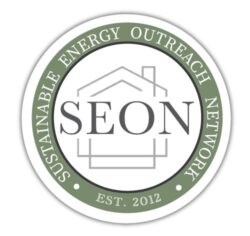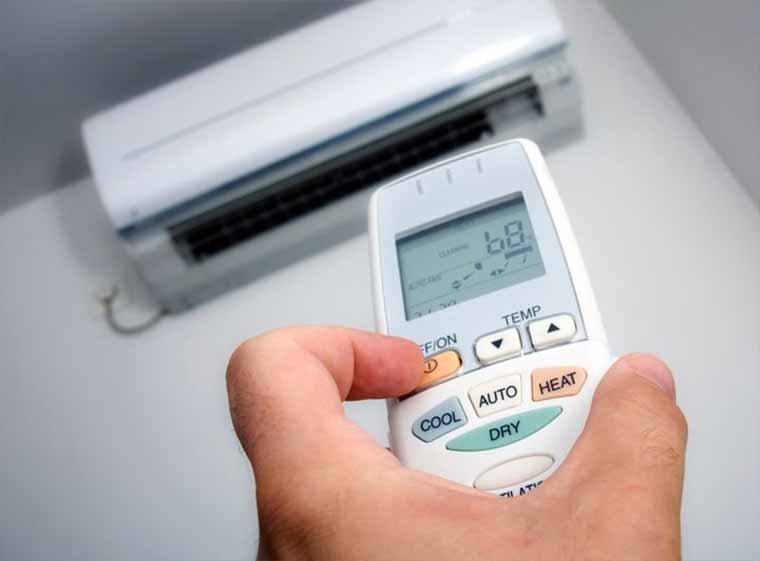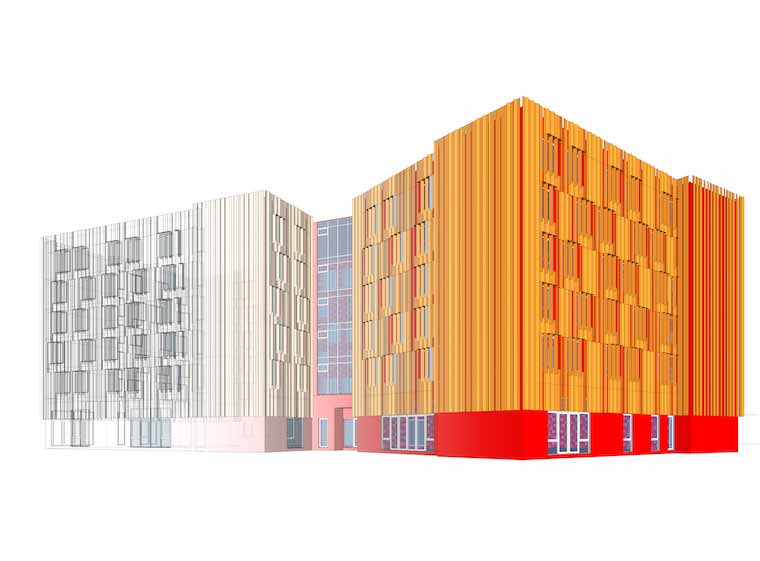RESFEN can help consumers and builders pick the most energy-efficient and cost-effective window for a given application, whether it is a new home, an addition, or a window replacement. It calculates heating and cooling energy use and associated costs as well as peak heating and cooling demand for specific window products. Users define a specific “scenario” by specifying house type (single-story or two-story), geographic location, orientation, electricity and gas cost, and building configuration details (such as wall, floor, and HVAC system type). Users also specify size, shading, and thermal properties of the window they wish to investigate. The thermal properties that RESFEN requires are: U-factor, Solar Heat Gain Coefficient, and air leakage rate. RESFEN calculates the energy and cost implications of the window compared to an insulated wall. The relative energy and cost impacts of two different windows can be compared.




